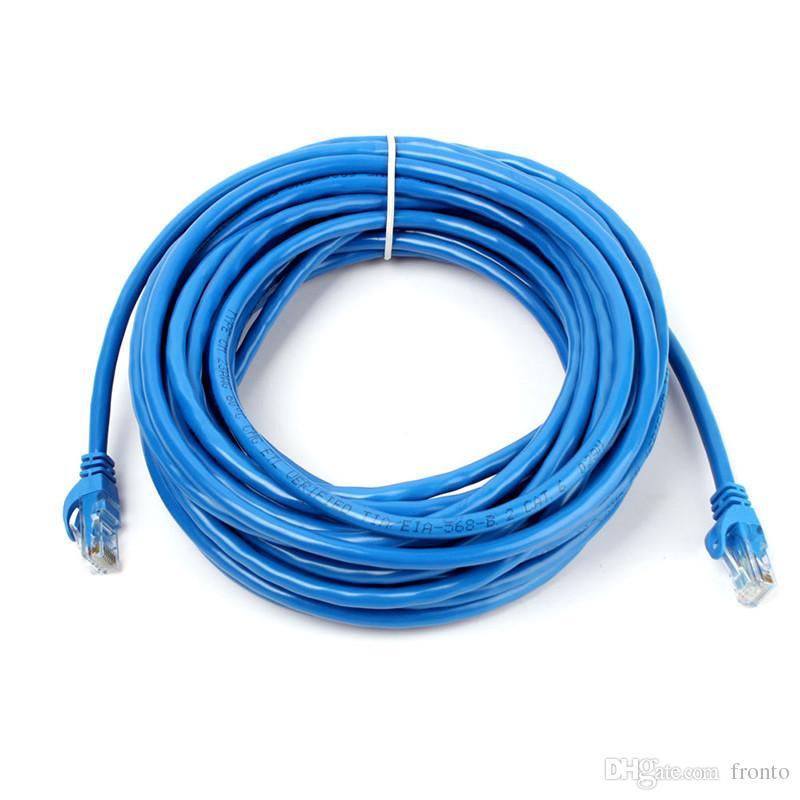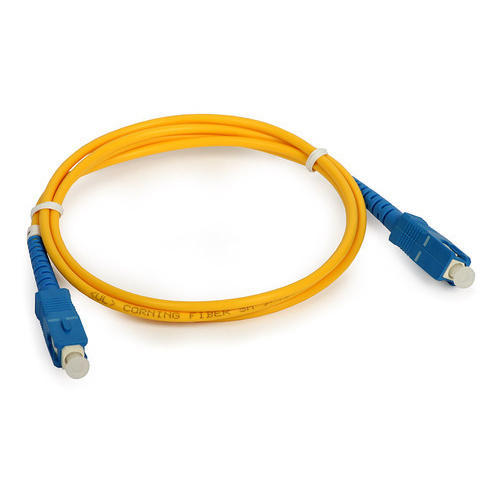A patch cable connects two electronic or optical devices to each other for signal routing. This is usually for network applications, to “patch” a signal from one hub, switch, or router to another hub, switch, or router. Use patch cables to carry a variety of signals, such as:
- telephone
- audio
- video
- digital signals
Routers or patch panels are mounted hardware assemblies with ports to connect and manage incoming and outgoing cables in a Local Area Network (LAN). To arrange circuits in a patch panel, one can plug or unplug the appropriate patch cords.
Patch cables can be made from a variety of cable types: coaxial, UTP, STP, and fiber patch cable types. Further, pig tails refer to a cable assembly that has been terminated only at one end with exposed bare wires. This allows the installer to customize the termination in the field for a direct and permanent connection.


